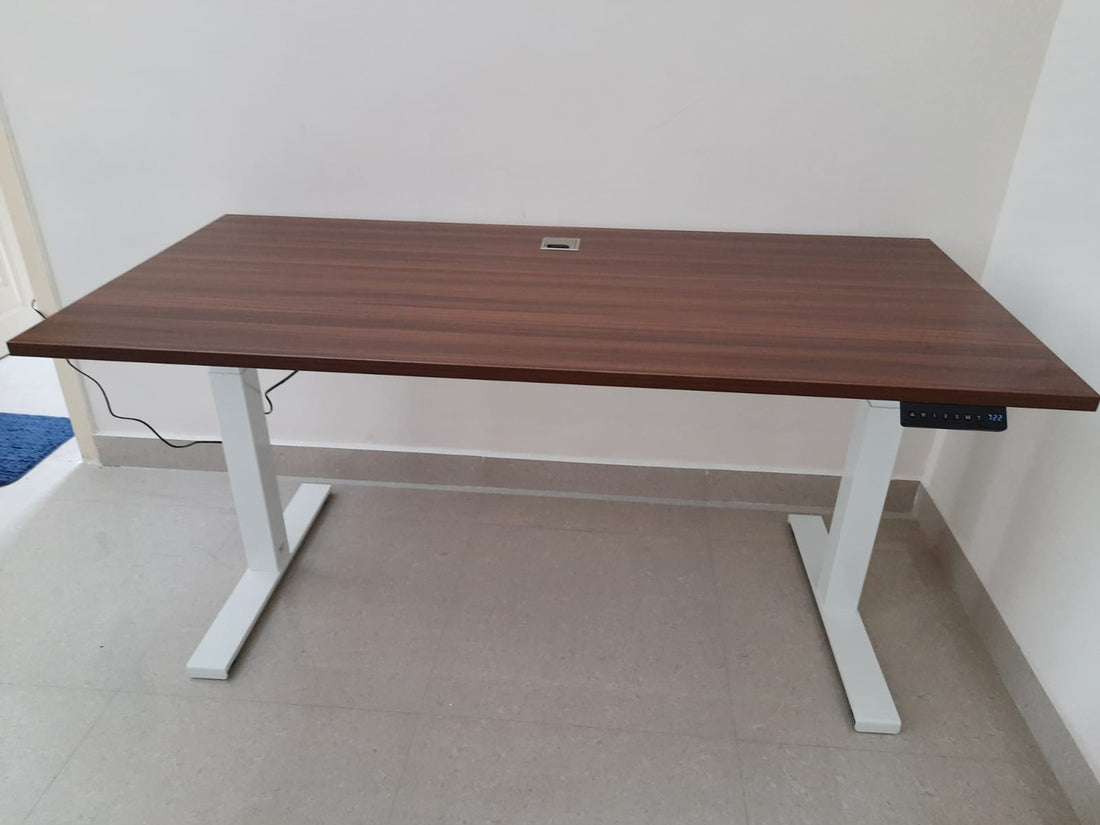
Choosing the Best Materials for Stand Table
Stand table, also referred to as standing desks or stand-up workstations, have become increasingly popular because of their potential health benefits and ergonomic advantages compared to traditional sitting desks. When selecting a stand table, the choice of materials is crucial. These materials not only influence the desk's durability and appearance but also significantly affect its overall functionality and comfort.
Best Materials Used in Stand Table
Wood
Wood is a popular choice for standing tables due to its natural beauty, durability, and versatility. Hardwoods such as oak, maple, walnut, and cherry are preferred for their strength and ability to withstand regular use. Wood also adds a warm and inviting look that complements various home or office décor styles. Over time, wood often develops a unique patina that enhances its appearance.
Steel
Steel is highly valued for its strength and stability, making it ideal for the frames and legs of standing tables. It can support heavy weights without bending or warping, ensuring the desk remains stable even at its highest settings. Steel frames are commonly powder-coated to provide a sleek finish and improved resistance to scratches.
Aluminum
Standing table legs and frames are often crafted from aluminum due to its lightweight yet durable nature. It offers comparable stability to steel but is easier to move and adjust due to its lighter weight. Aluminum also boasts excellent corrosion resistance, making it suitable for both indoor and outdoor use.
Glass
Glass is a stylish and modern choice for the surface of standing tables. It provides a sleek and easy-to-clean surface that can enhance the aesthetics of any workspace. While glass is less resistant to scratches compared to wood or metal, its unique transparency creates a visual effect that can make small spaces feel larger and more open.
Laminate
Laminate is an excellent option for tabletops that need to endure frequent use. It's durable, easy to maintain, and typically consists of synthetic layers bonded over a wooden or particleboard base. This construction yields a sleek and consistent surface. With a wide range of colors and patterns available, laminate makes it effortless to coordinate with any existing furniture or décor.
Conclusion
When choosing materials for a standing table, it's important to think about durability, appearance, ease of upkeep, and environmental impact. Each material offers distinct advantages, so the right choice depends on your preferences and needs. Whether you appreciate the classic appeal of wood, the modern look of steel, or the eco-friendly qualities of bamboo, opting for top-notch materials ensures your standing table will endure over time. Investing in a well-made standing table crafted from quality materials allows you to design a workspace that promotes health and productivity, tailored to your individual taste and requirements.
